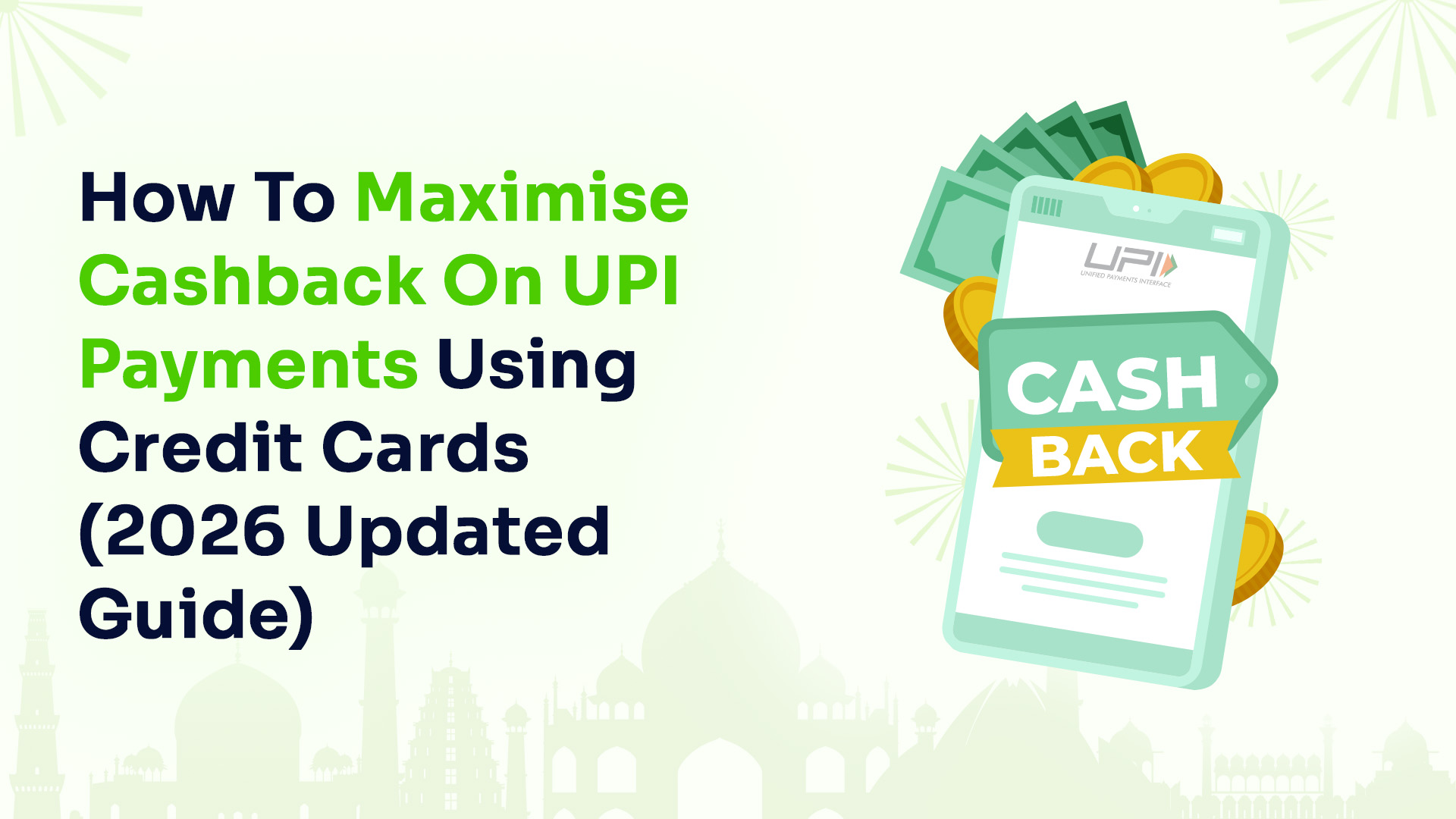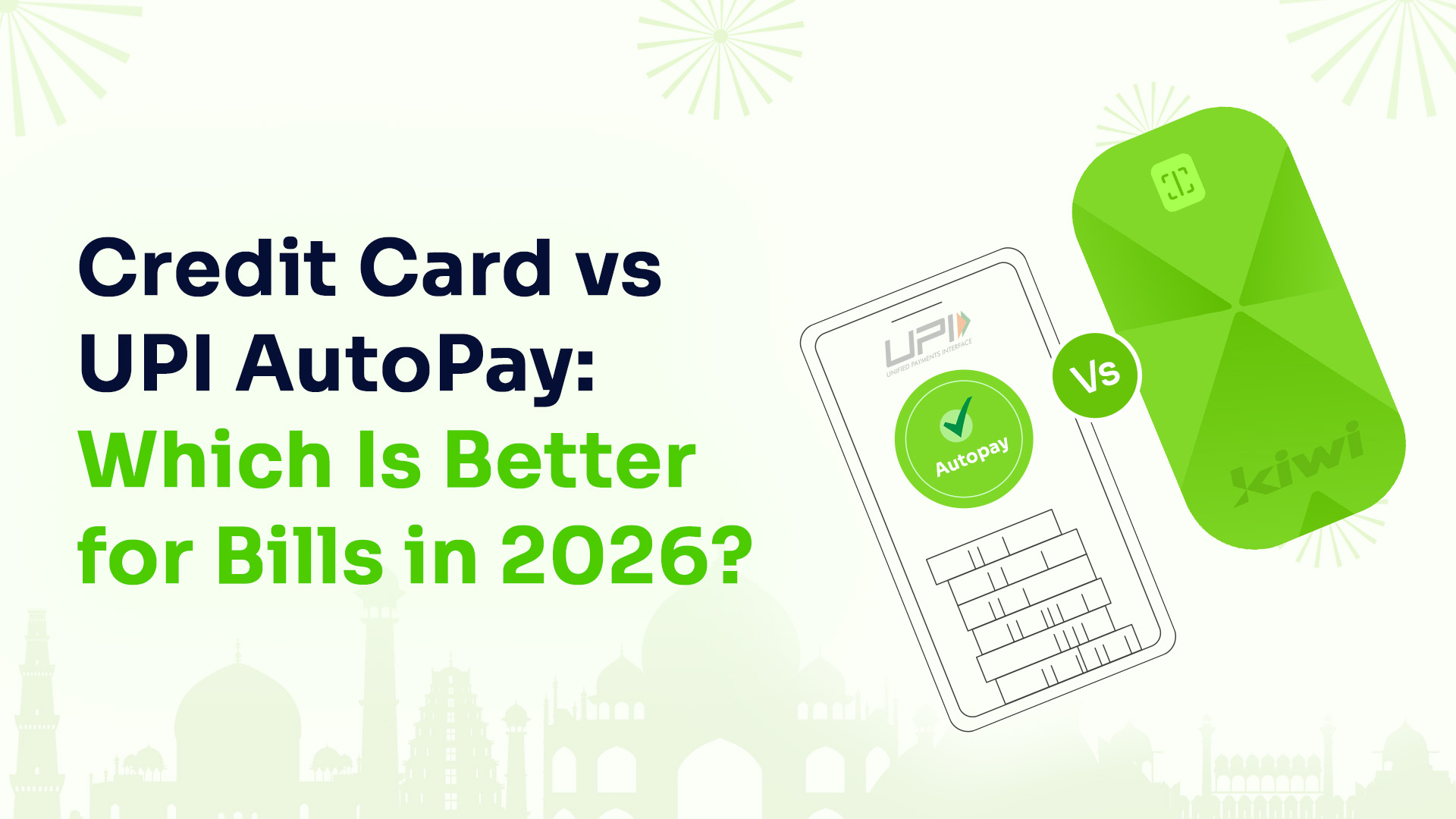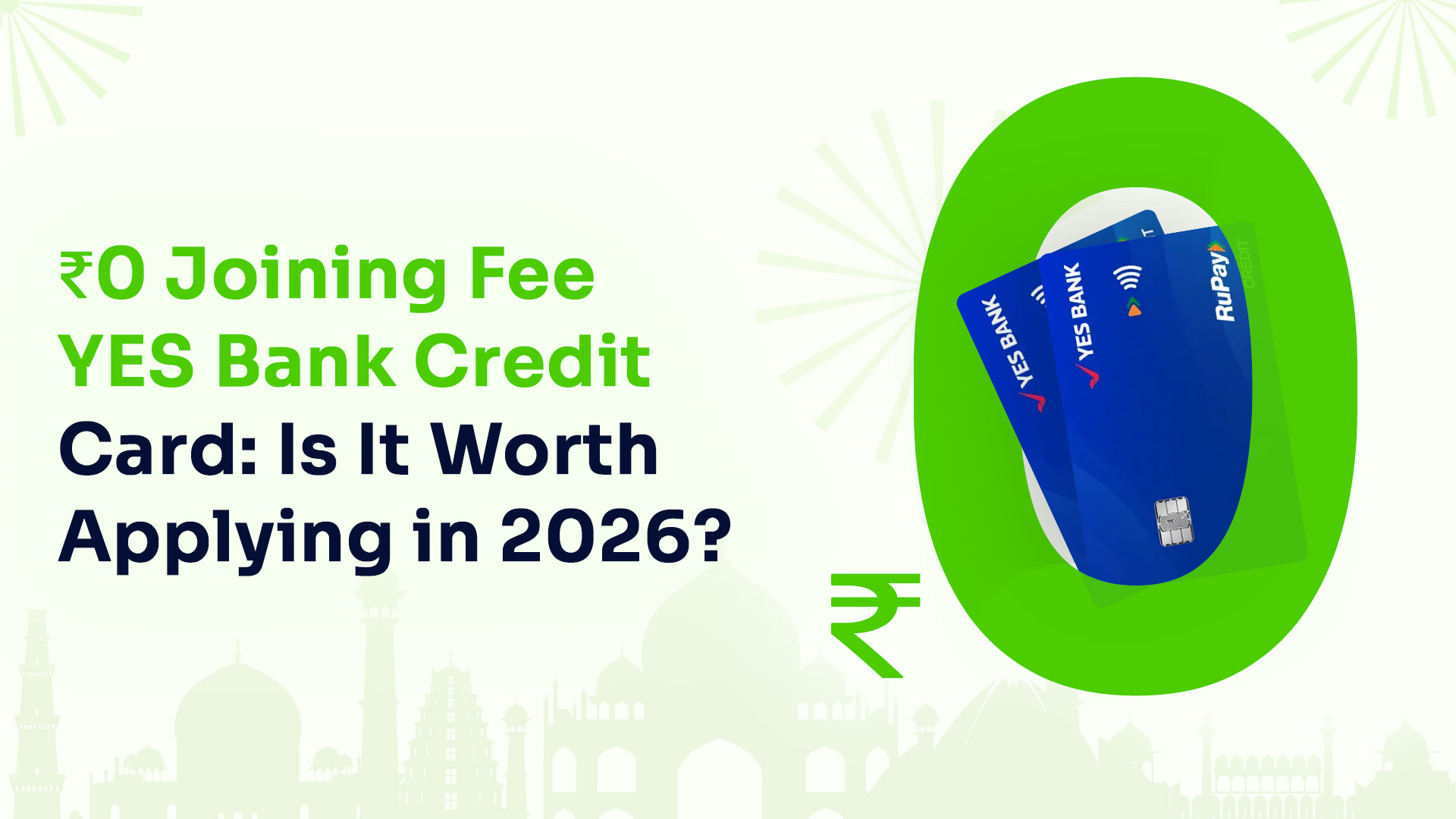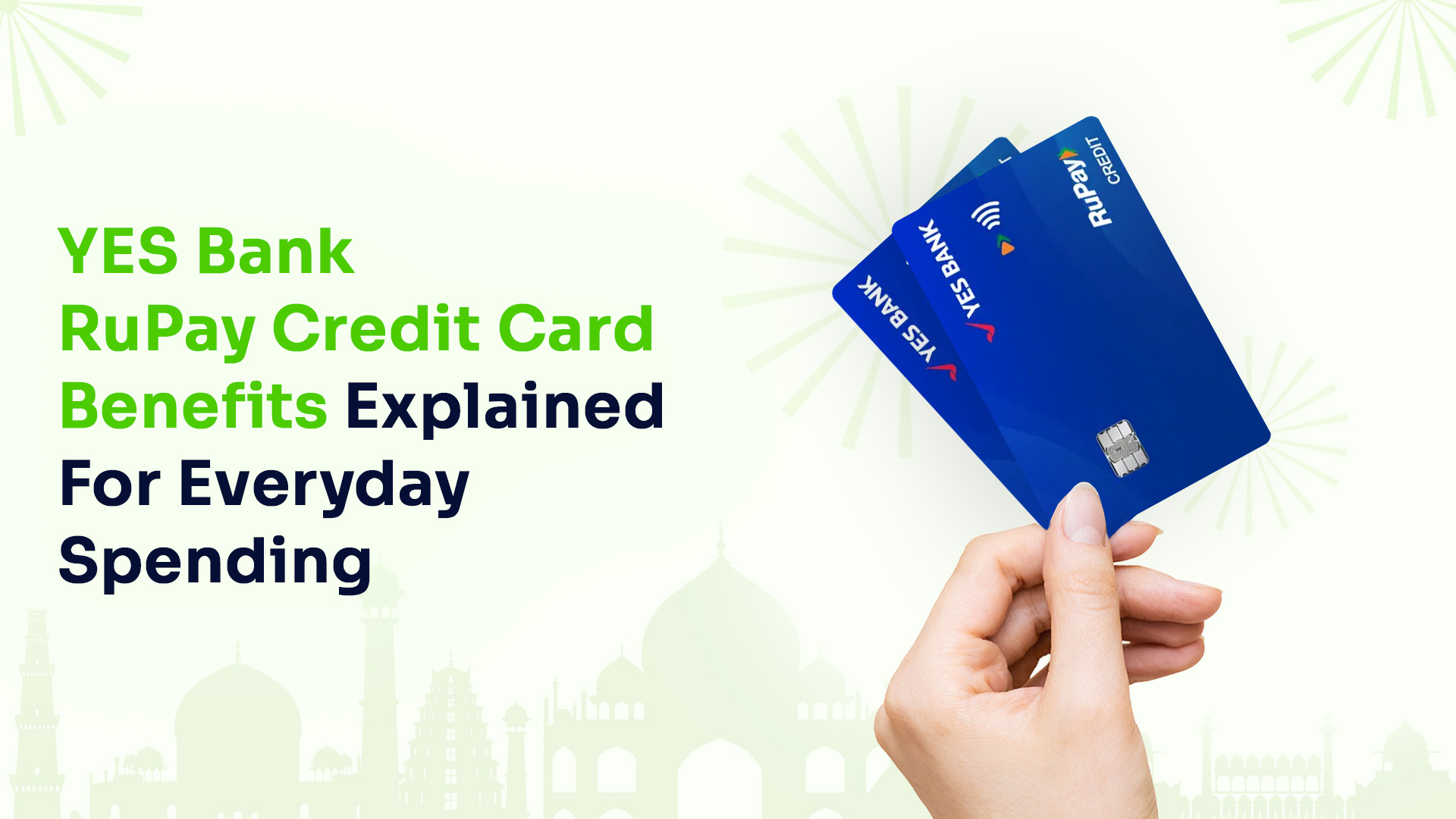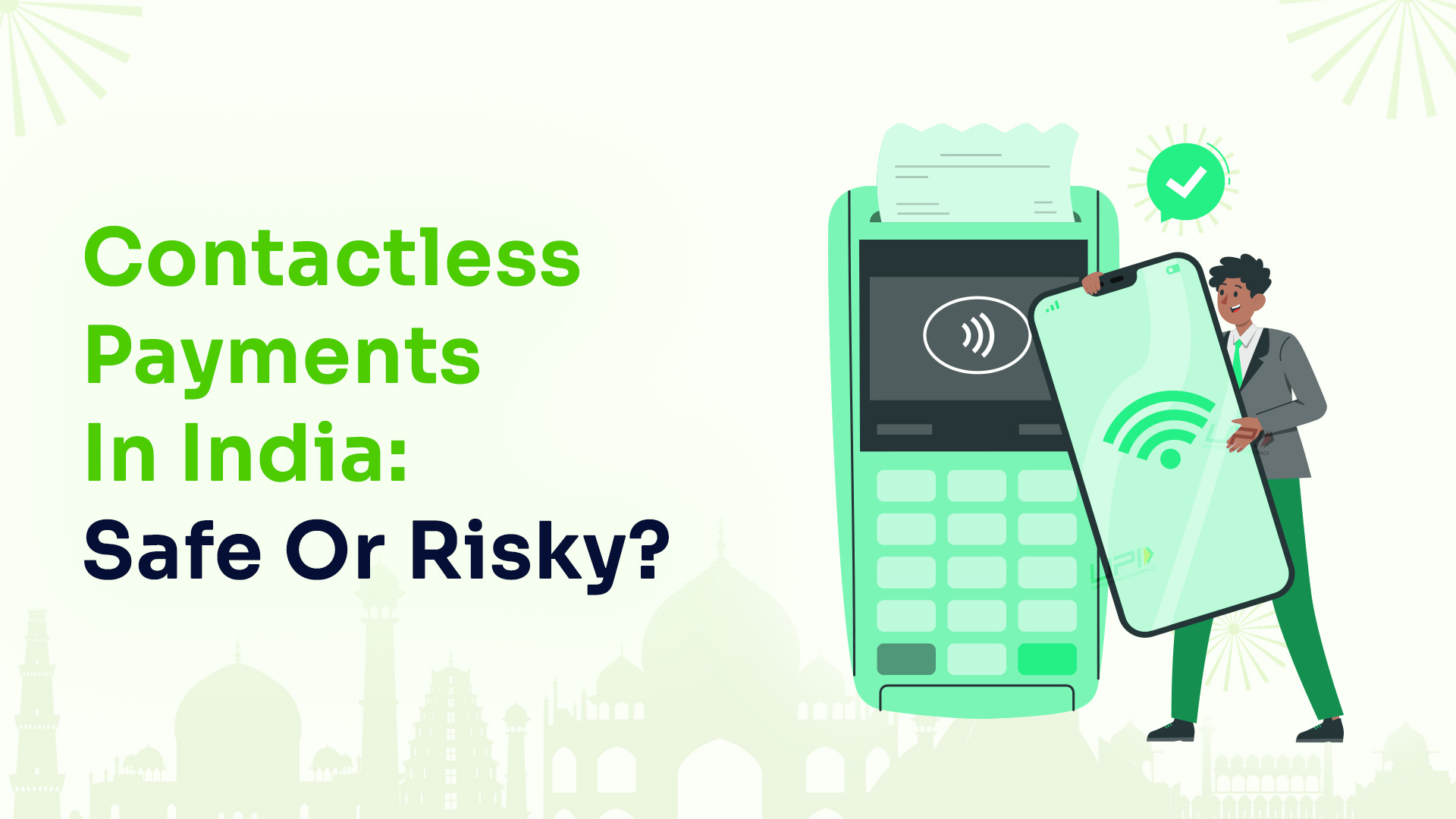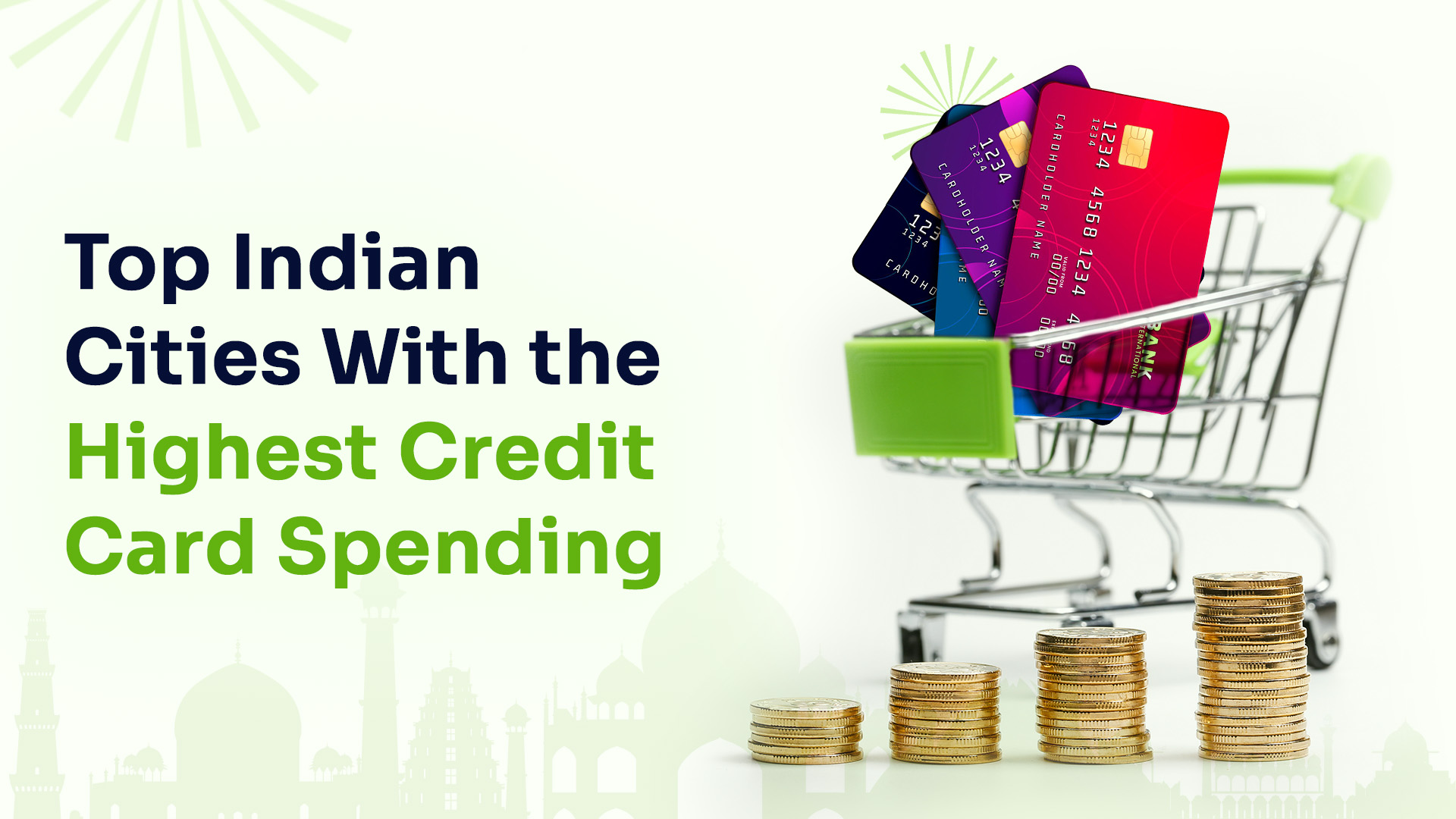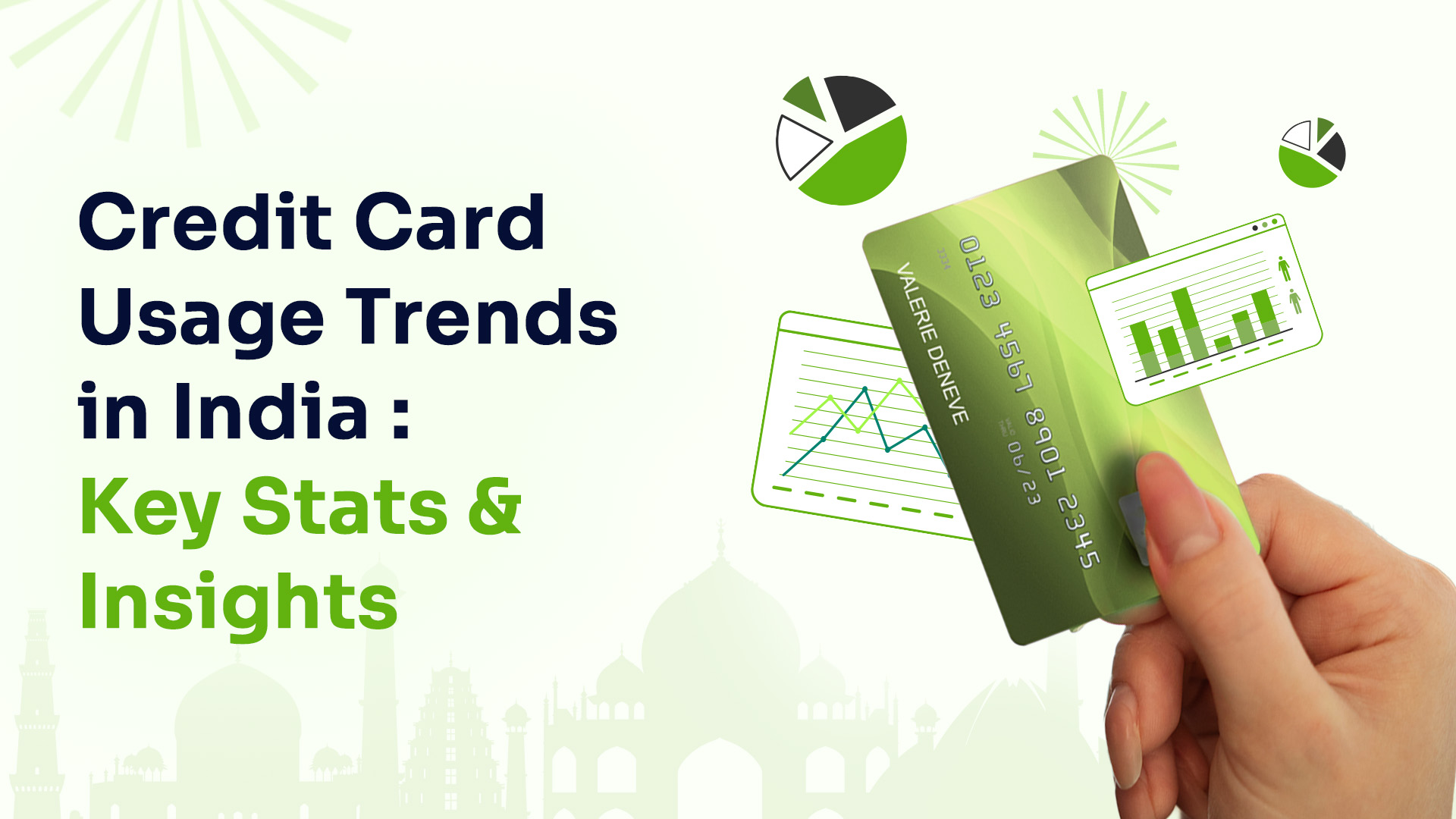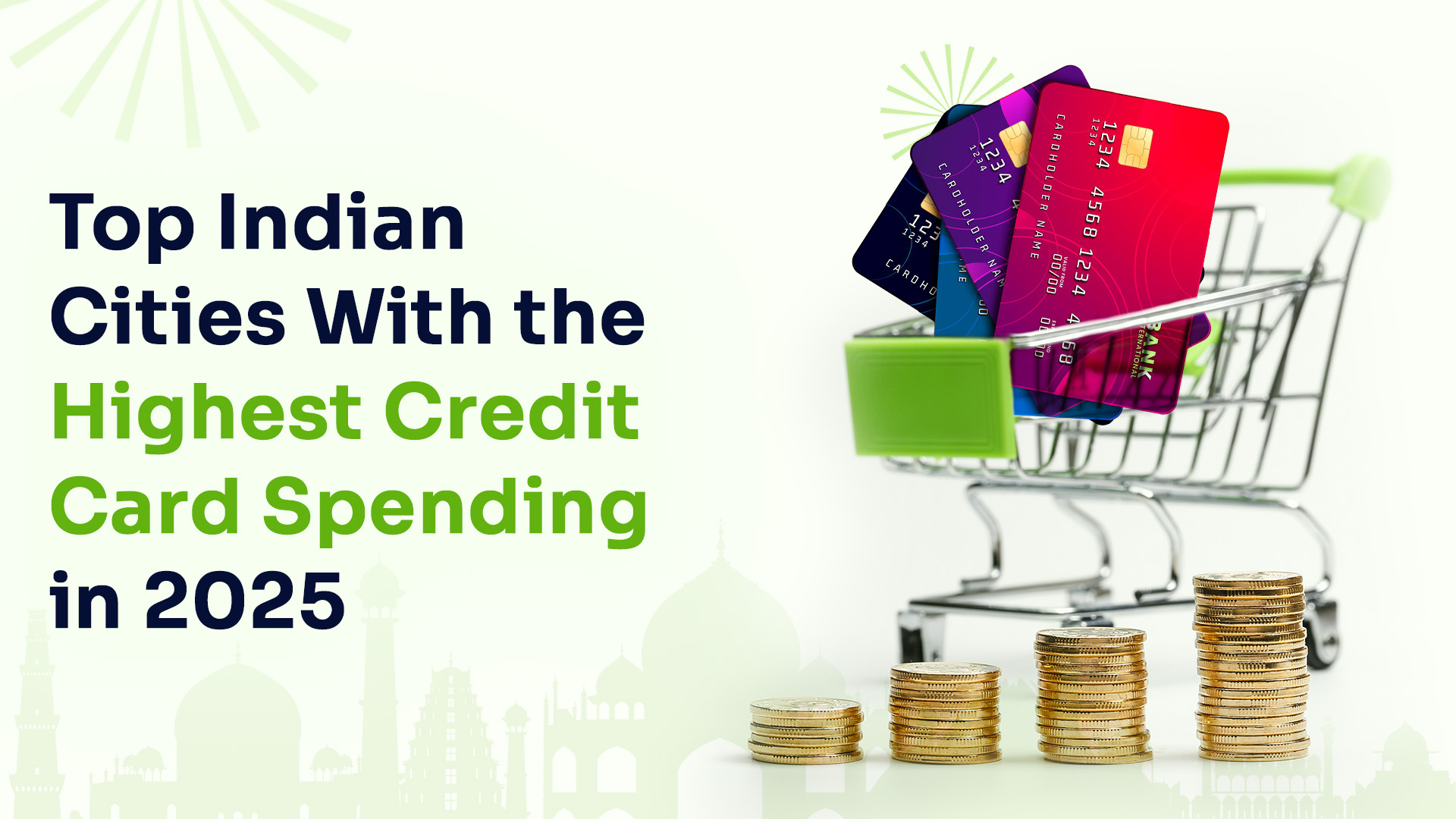
Credit card spending in India has reached new heights in 2025. Rapid urbanization, digital adoption, and rising incomes have fueled this surge. The growth is not limited to metro cities anymore. Tier-2 and Tier-3 cities are now key players in the credit card market. Let’s dive into the numbers and trends shaping India’s top credit card spending cities.
The Big Picture: Credit Card Boom in India
India’s credit card market has seen explosive growth. In May 2025, credit card spending hit ₹1.89 trillion, a 14.5% jump from the previous year. March 2025 saw a record ₹2.02 trillion in credit card transactions. The total credit card spends for FY25 reached ₹21.16 lakh crore, up 15% from ₹18.32 lakh crore in FY24.
There are now over 111 million credit cards in circulation, with nearly 760,000 new cards issued in May 2025 alone. The market is dominated by private banks like HDFC, SBI, ICICI, and Axis Bank.
Metro Cities: The Traditional Leaders
Metro cities have always led credit card spending in India. According to recent data, Mumbai, Delhi NCR, and Bengaluru account for over 60% of the country’s total credit card spends. These cities are financial and tech hubs, with a large population of salaried professionals and entrepreneurs.
Link – https://gokiwi.in/blog/credit-cards-in-numbers-the-growth-and-trends-in-india/
Top Metro Cities by Credit Card Spend
- Mumbai: India’s financial capital tops the list. High disposable incomes and a culture of spending drive credit card usage here.
- Delhi NCR: The national capital region, with its mix of government employees, corporate professionals, and entrepreneurs, sees massive credit card transactions.
- Bengaluru: Known as the Silicon Valley of India, Bengaluru’s tech-savvy population is a major contributor to digital and credit card payments.
A survey in early 2025 across the top nine cities (Delhi NCR, Bangalore, Kolkata, Mumbai, Chennai, Hyderabad, Pune, Lucknow, Ahmedabad) found annual card spends ranging from ₹2 lakh to ₹50 lakh per user.
Link – https://www.savesage.club/blogs/savesage-credit-card-survey-2025
| City | Share of Total Credit Card Spend |
| Mumbai | Highest |
| Delhi NCR | Very High |
| Bengaluru | Very High |
| Chennai | High |
| Hyderabad | High |
| Pune | Moderate |
| Kolkata | Moderate |
| Lucknow | Growing |
| Ahmedabad | Growing |
The Rise of Tier-2 and Tier-3 Cities
The most exciting trend in 2025 is the rapid growth of credit card spending in smaller cities. Tier-2 and Tier-3 cities like Ludhiana, Agra, and Coimbatore are witnessing a 4x surge in credit card spending since the pre-COVID period, compared to 1.5x in Tier-1 cities.
Non-metro card spending has surged by 175% since 2019. Many consumers in these cities now spend more than ₹2 lakh annually on their credit cards. E-commerce, digital wallets, and increased financial literacy are driving this shift.
Key Drivers in Smaller Cities
- E-commerce penetration: Online shopping has become mainstream, even in smaller towns.
- Digital payment infrastructure: More merchants now accept cards and digital payments.
- Aspirational spending: Young professionals in smaller cities aspire to lifestyles similar to those in metros.
What Do People Spend On?
Across cities, travel, online shopping, and dining are the top categories for credit card spending. Contactless and digital transactions now account for 85% of all credit card transactions in India. In-store contactless payments make up over 40% of card transactions.
Leading Banks and Market Share
HDFC Bank remains the top credit card issuer, with spends growing nearly 25% year-on-year to ₹51,747 crore in May 2025. ICICI Bank and SBI Cards follow, with spends of ₹34,515 crore and ₹32,389 crore, respectively. Axis Bank reported ₹22,455 crore in credit card spends.
SBI Cards holds a 15.6% market share as of February 2025. The top five issuers—HDFC, SBI, ICICI, Axis, and IndusInd—hold a combined market share of 78.5%.
Credit Card Penetration and Usage Patterns
India’s credit card penetration remains low at 5–6%, compared to over 65% in the US. However, the number of cards and average spends per user are rising fast. Metro cities still dominate, but the gap is closing.
Card Ownership and Spend
- Average number of cards per user in top cities: 2–7
- Annual spend per user (top cities): ₹2 lakh–₹50 lakh
- Total cards in circulation (May 2025): 111.19 million
- Growth in cards (YoY): 7.64%
Why Are Metro Cities Still Ahead?
Metro cities have higher incomes, better infrastructure, and a culture of digital payments. They attract young professionals who are comfortable with credit and digital transactions. These cities also have more opportunities for high-value spends—travel, luxury goods, fine dining, and international purchases.
The Democratization of Affluence
The definition of affluence is changing. It’s no longer limited to metros. Many of the new affluent consumers are from cities like Ludhiana, Agra, and Coimbatore. These cities are seeing a surge in credit card adoption and spending, driven by aspiration and access to digital tools.
The Future: What to Expect
Credit card spending in India will continue to rise. Metro cities will remain leaders, but Tier-2 and Tier-3 cities will grow even faster. Digital adoption, e-commerce, and financial literacy will fuel this trend.
Key Takeaways
- Mumbai, Delhi NCR, and Bengaluru have the highest credit card spends in 2025.
- Tier-2 and Tier-3 cities are growing rapidly, with a 4x surge in spending since pre-COVID.
- The total market reached ₹21.16 lakh crore in FY25, up 15% year-on-year.
- Over 111 million credit cards are in use, with nearly 760,000 new cards issued in May 2025.
- Travel, online shopping, and dining are the top spending categories.
- HDFC, SBI, and ICICI are the leading banks by credit card spend.
Conclusion
India’s credit card landscape in 2025 is dynamic and inclusive. Metro cities lead, but the real story is the rise of smaller cities. The future will see even greater democratization of credit, as more Indians embrace digital payments and aspire for a better lifestyle. The numbers tell a story of growth, ambition, and a changing India.
Link for 2026 Article – https://gokiwi.in/blog/credit-card-spending-in-india/
